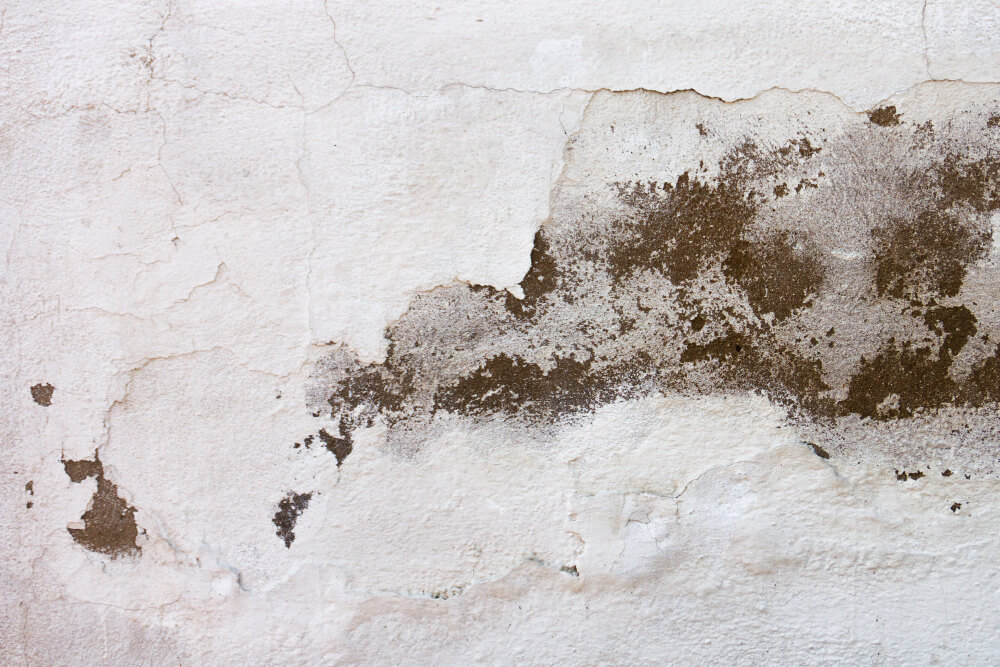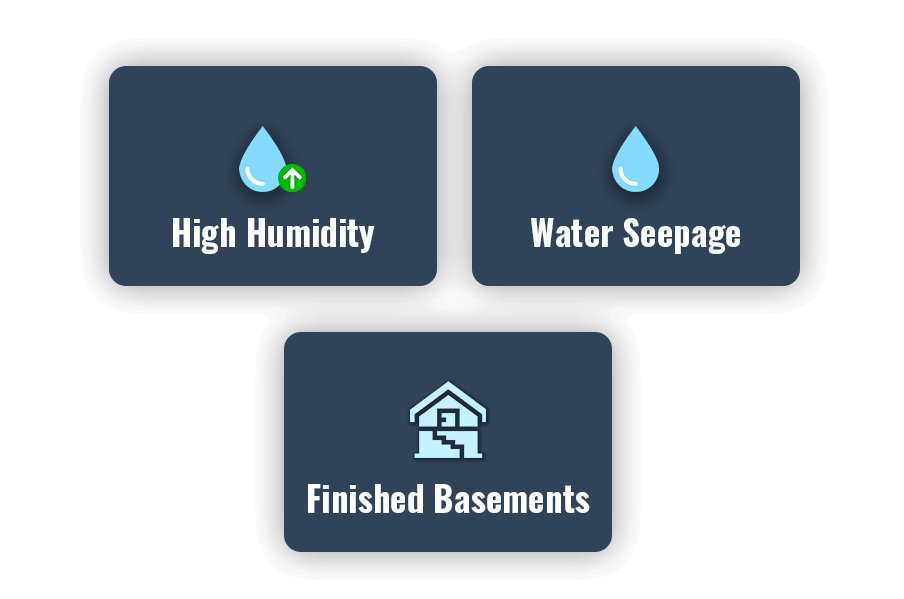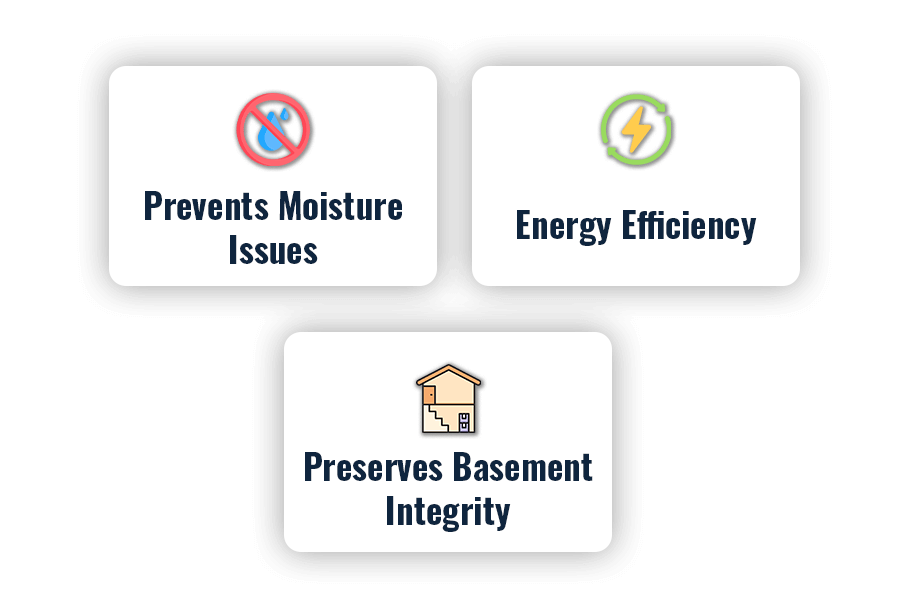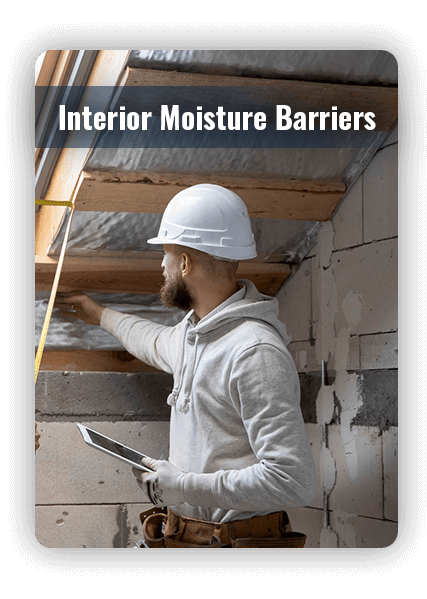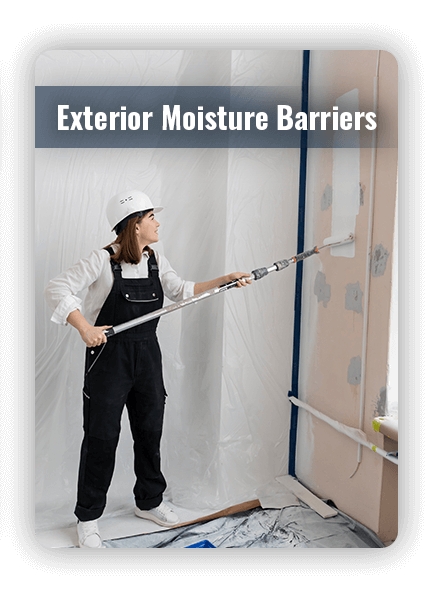Keep Your Basement Dry With The Best Moisture Barrier Solution For Basement Walls
Is your basement a damp, musty space that you avoid at all costs? Do you worry about the structural integrity of your home due to water seepage and moisture issues? At Safe Seal, we understand the importance of a dry and secure basement and offer expert moisture barrier solutions for basement walls.
What is a Basement Moisture Barrier?
A basement moisture barrier is a shield that guards your basement walls against the damaging effects of moisture. This non-porous material is installed on the interior or exterior of your basement walls to prevent water vapor and liquid moisture from entering, ensuring a dry and healthy living space.
- High Humidity: Basements are notorious for high humidity levels, which can lead to moisture accumulation and subsequent problems like mold and mildew.
- Water Seepage: If you notice water seeping through cracks in your foundation walls, over the top of the foundation, or through porous concrete, a vapor barrier is essential.
- Finished Basements: To preserve the condition of finished basements without the need for demolition or construction, exterior waterproofing membranes are highly effective.
- Prevents Moisture Issues: It blocks water vapor and liquid moisture, reducing the risk of mold, mildew, and structural damage.
- Energy Efficiency: By keeping your basement dry, you improve the overall energy efficiency of your home, as your heating and cooling systems do not have to work harder to compensate for moisture-related temperature differences.
- Preserves Basement Integrity: It helps maintain the structural integrity of your basement by preventing water and moisture from causing erosion or cracking in the foundation walls.
Types of Moisture Barriers For Basement Walls
Interior Moisture Barriers
- Vapor Barrier Liners: These non-porous plastic liners are applied to the interior of your basement walls, trapping any moisture that seeps through and channeling it to a drain tile system connected to a sump pump.
- Spray Foam Insulation: Products like Perma-Foam provide insulation and act as a vapor barrier, sealing air leaks and preventing moisture intrusion.
Exterior Moisture Barriers
- Exterior Waterproofing Membranes: Our seamless, flexible polyurethane liquid membranes are applied to the exterior of the foundation walls, preventing water infiltration at its source. Ideal for scenarios where interior waterproofing is impractical.
- Dimple Boards and Liquid Membranes: These are used to prevent hydrostatic pressure from accumulating against the foundation wall and are often combined with drain pipes and geotextile fabric.
The Safe Seal Guarantee
- Over 17 years of experience in providing waterproofing solutions
- More than 10,000 clients served
- Lifetime warranty on our services
- Tailored solutions to meet your specific needs
- Free consultations to determine the best basement moisture barrier for your walls
Looking for a reliable moisture barrier solution for basement walls in the Chicago area? Call us at (877) 793-9719 to get a free quote!
Schedule a Free Consultation for Basement Moisture Barrier Solutions
Don’t let moisture issues compromise your basement. Contact Safe Seal today for a free consultation and quote on our basement moisture barrier solutions. Protect your home, protect your investment, and ensure a dry and secure living space for years to come.
FAQs
Interior waterproofing involves sealing the basement walls from the inside, often using vapor barrier liners and drain tile systems. Exterior waterproofing, on the other hand, involves applying a waterproof membrane to the exterior of the foundation walls to prevent water infiltration at its source.
Exterior waterproofing may not be suitable when there are external obstructions that make it too difficult or expensive to access the foundation, or when space constraints impede the excavation process. In such cases, an Interior Drain Tile System might be more appropriate.
The basement moisture barrier installation time can vary depending on the extent of the work and the size of your basement. However, our experienced team works efficiently to minimize disruptions to your home and landscaping.
Basement moisture barriers are designed to be durable and long-lasting. However, regular inspections can help ensure that the barrier remains effective. For example, ensuring that the barrier is not damaged and that all seams and edges are properly sealed is crucial.
The installation process for a moisture barrier on basement walls involves both interior and exterior steps to ensure a dry and secure basement.
Interior installation
- Clean the basement walls and floor, filling any cracks or holes with hydraulic cement.
- Install the moisture barrier (such as polyethylene sheets or rigid foam) against the wall, overlapping sheets by at least 4 inches and securing them with staples or tape.
- Seal seams and edges, especially around electrical outlets, pipes, and windows.
- Install insulation and framing over the barrier, ensuring it extends behind these components.
Exterior Installation
- Excavate a trench around the foundation to access the exterior basement walls.
- Power wash the exposed foundation, filling any cracks with hydraulic cement.
- Apply a robust, seamless polyurethane liquid membrane or polymer-modified bitumen coating to the foundation wall.
- Allow the membrane to cure, adding additional layers if necessary.
- Refill the trench with soil and install drainage systems like French drains or dimple boards.
When installing a vapor barrier in a basement, it is crucial to place it on the correct side of the wall to prevent moisture issues. For a basement wall assembly, the vapor barrier should be installed on the warm side of the wall, behind the insulation and framing. This helps to slow the movement of water vapor from the warm interior air to the cold concrete foundation walls, preventing condensation and potential mold growth. In contrast, a moisture barrier is installed on the cold side, directly against the concrete or block wall, to prevent groundwater from seeping into the insulation and framing.
Here are the key steps:
- Prepare the Wall: Clean the concrete wall thoroughly and fill any cracks or holes with hydraulic cement.
- Install the Vapor Barrier: Roll out the poly vapor barrier, overlapping sheets by at least 4 inches, and secure them to the wall using construction adhesive or mechanical fasteners. Ensure the barrier extends down to the concrete slab and is sealed around any penetrations like electrical outlets and pipes.
- Add Insulation and Framing: Install insulation (such as fiberglass, mineral wool, or foam board) and wood framing over the vapor barrier. This setup prevents warm air from coming into direct contact with the cold concrete wall, reducing condensation and the risk of mold growth.
- Seal Air Leaks: Ensure the wall assembly is airtight to prevent air leakage, which is a primary driver of moisture-related issues. Use an air barrier in conjunction with the vapor barrier to achieve this.
- Place the vapor barrier on the warm side of the wall, behind the insulation and framing, to prevent warm air from reaching the cold surface of the concrete foundation walls.
- Choose materials that allow for drying if moisture accumulates. For example, smart vapor retarders can prevent vapor diffusion from the inside out but allow moisture to dry to the interior when relative humidity in the cavity exceeds 60%.
- Seal all seams and edges with vapor barrier tape and ensure the wall assembly is airtight to prevent air leakage. This is crucial as air leakage can drive moisture into the wall cavity, leading to condensation and mold growth.
- Use rigid insulation or foam board as a thermal break between the concrete wall and the wood framing. This helps in reducing condensation and prevents direct contact between the cold concrete and the warmer wood framing.
In addition to solutions against moisture barriers for basement walls, we provide basement leak repair and resealing basement walls. Our services also include installing basement window wells, egress windows, and window well coverings.

